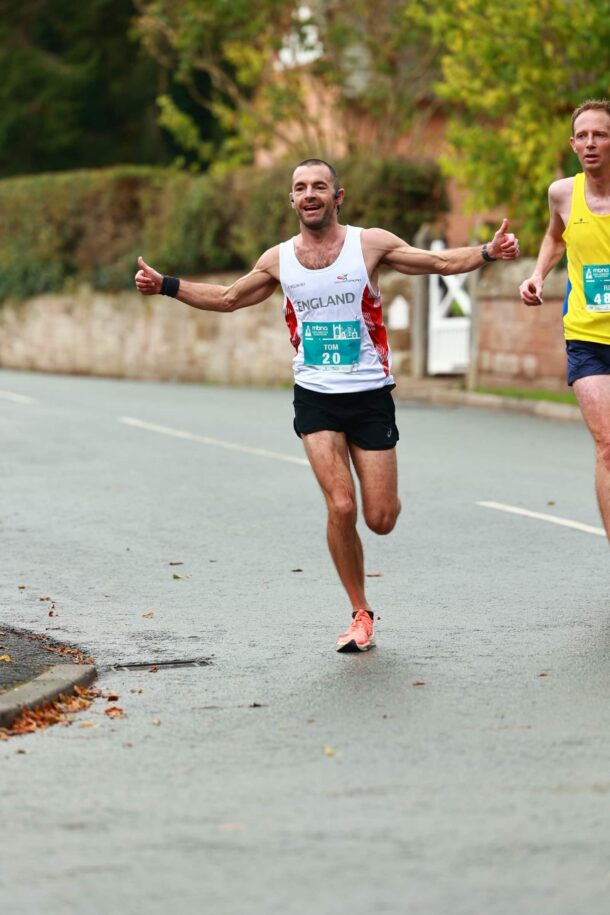Ketogenic diets have been used as an established treatment for epilepsy (particularly among children) for many years, but more recently there’s been a much broader interest in going ‘keto’, especially in certain dubious corners of social media. Most of the attention is based on its potential as a weight-loss tool, but there has also been a growing buzz about its capacity for performance-enhancement in endurance exercise. I’m not going to comment on the former here (especially as it has always seemed to me an unnecessarily restrictive approach to weight management…although each to their own), but I have been meaning to blog on the latter for some time. As luck would have it, there’s been a very recently published systematic review of endurance athletes’ ketogenic diets (EAKD), so my job here is made considerably easier. To top things off and make me feel extra topical, this week James Cracknell announced he was aiming to ‘prove’ that the body can be fuelled by fat alone and thereby promote the use of low carb diets, by running 100 miles in 5 days while taking in only water. I have some pretty strong feelings about this stunt, but I’ll hold onto these for now. My aim is to introduce the topic here then dissect and discuss the evidence in blog 2.
What is a keto diet?
Before going any further, what exactly do we mean by a ketogenic diet? The specifics will vary from guideline to guideline and study to study, but it will always involve a significant reduction in carbohydrate intake, compensated with a higher protein and a substantially higher fat intake. The aim is to elicit a shift in substrate (i.e. fuel) use, and if effective, EAKD will induce a state of ketosis, due to ketones rather than glucose being used as the body’s primary fuel.
Why might it benefit endurance performance?
The rationale or at least plausibility of EAKD as an ergogenic (performance enhancing) aid is based on our physiological limits of fuel storage. Body carbohydrate stores (mainly as muscle and liver glycogen but to a lesser extent also blood glucose) are estimated to be limited to around 1680 kcals. This is a decent amount, but certainly nowhere near enough to fuel a whole marathon, for example, which is why we need to replenish on the go – even if we have carb-loaded (or ‘supercompensated’) perfectly. There are drawbacks to this carb-dependent fuelling though. Logistically, it may mean we need to carry extra weight in terms of gels / sweets etc. For many of us, consuming these items can also worsen those familiar symptoms of exercise-induced GI distress. Finally, and crucially, the digestion and utilisation of these mid-race carbs requires blood flow to be partially diverted to the gut (and away from the working muscles), which may then reduce our all-important exercise economy.
In contrast, our bodies have huge potential energy stores in the form of fat. Each pound of body fat contains approximately 3500 kcals, so even in the leanest athletes there is plenty there to fuel pretty much any endurance event without needing mid-race replenishment…if only we could effectively tap into it.
This is the core theory underpinning EAKD, but it also fits into the ‘train low’ theory regarding physiological adaptation to low carbohydrate availability; the keto diet would be one of many possible methods of achieving this. Last but not least, there is another theory that an EAKD approach can reduce post-exercise lactate accumulation and thereby improve recovery times.
Part one summary
Given the above theories and considerations, it’s no surprise that endurance athletes (including some of my clients) are asking about EAKD. However, how well do athletes adapt to the keto approach and more importantly, when we look beyond the usual anecdotal guff on Instagram, how does it hold up to the rigours of systematic review in terms of performance enhancement? I’ll be covering this in full in the next blog, coming soon.
Before I wrap up this blog, we should put the science to one side briefly and also consider the palatability and sustainability of the diet from the athlete’s perspective. For once, I’m not talking about sustainability in terms of the planet, but in the very simple terms of whether a client / athlete can stick to it and keep it up…because if they can’t, then there’s not much point in exploring it. Personally, I know that I would find it extremely challenging; I adore carbs and the evidence for EAKD would need to be pretty darn convincing for me to sacrifice that. So, is it? We’ll find out next time.





0 Comments